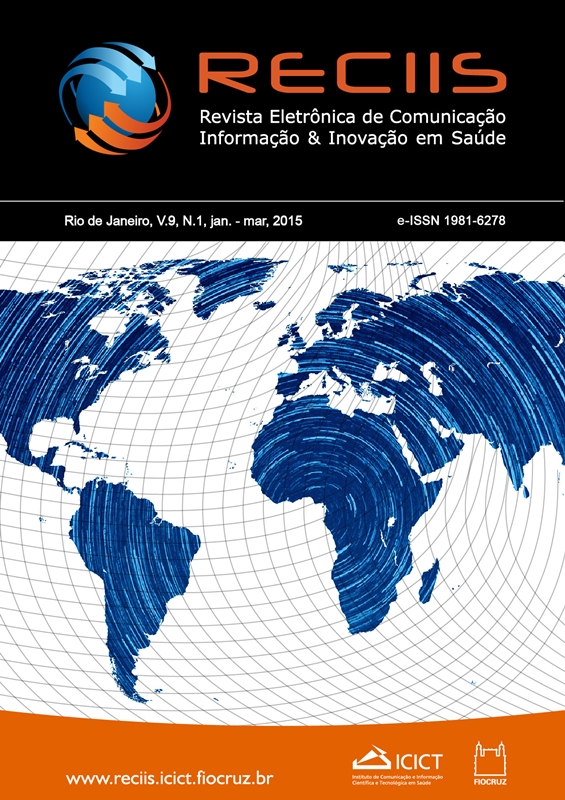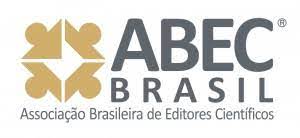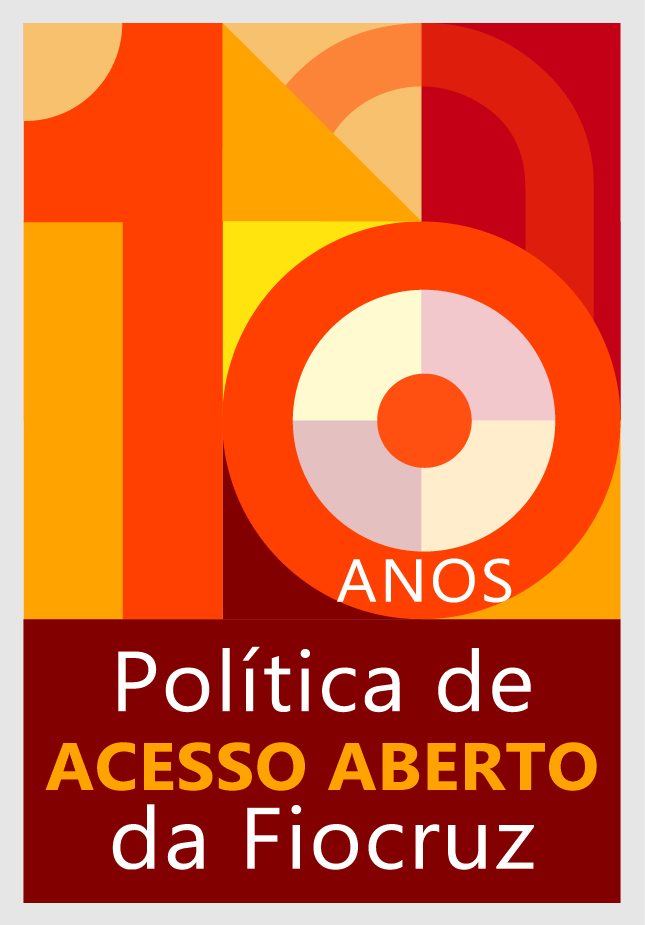A análise de redes sociais como ferramenta para o mapeamento de relações entre atores sociais de um projeto de extensão universitária
DOI:
https://doi.org/10.29397/reciis.v9i1.628Palavras-chave:
Comunicação em saúde, Informação, Redes comunitárias, Rede social, Relações comunidade-instituição, Análise de redes sociaisResumo
O objetivo deste artigo é apresentar o resultado de uma investigação, feita por meio da análise de redes sociais (ARS), a fim de compreender como as relações entre os sujeitos envolvidos direta e/ou indiretamente em um projeto de extensão universitária foram estabelecidas. O projeto de extensão, vinculado a uma universidade paranaense, utilizou a pedagogia freireana como forma de promover a construção coletiva do conhecimento, a partir da realização de rodas de conversa e oficinas de capacitação técnica. As atividades do projeto foram acompanhadas durante nove meses, e analisadas em duas etapas: a etapa inicial, referente à sua estruturação, e a etapa final, referente às relações estabelecidas entre os atores sociais - professores, estudantes e membros das comunidades. Por meio da ARS, foi possível identificar os atores principais, bem como as relações estabelecidas entre os mesmos. Percebeu-se ainda que o modelo de estruturação do projeto promoveu interações entre os atores, permitindo a disseminação da informação sobre Soberania e Segurança Alimentar e Nutricional.
Downloads
Publicado
Como Citar
Edição
Seção
Licença
Direitos de autor: O autor retém, sem restrições dos direitos sobre sua obra.
Direitos de reutilização: A Reciis adota a Licença Creative Commons, CC BY-NC atribuição não comercial conforme a Política de Acesso Aberto ao Conhecimento da Fundação Oswaldo Cruz. Com essa licença é permitido acessar, baixar (download), copiar, imprimir, compartilhar, reutilizar e distribuir os artigos, desde que para uso não comercial e com a citação da fonte, conferindo os devidos créditos de autoria e menção à Reciis. Nesses casos, nenhuma permissão é necessária por parte dos autores ou dos editores.
Direitos de depósito dos autores/autoarquivamento: Os autores são estimulados a realizarem o depósito em repositórios institucionais da versão publicada com o link do seu artigo na Reciis.












